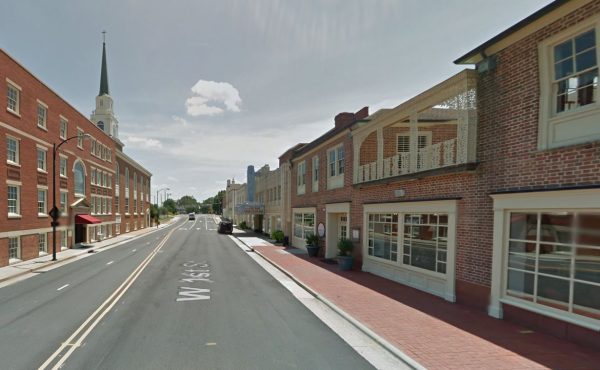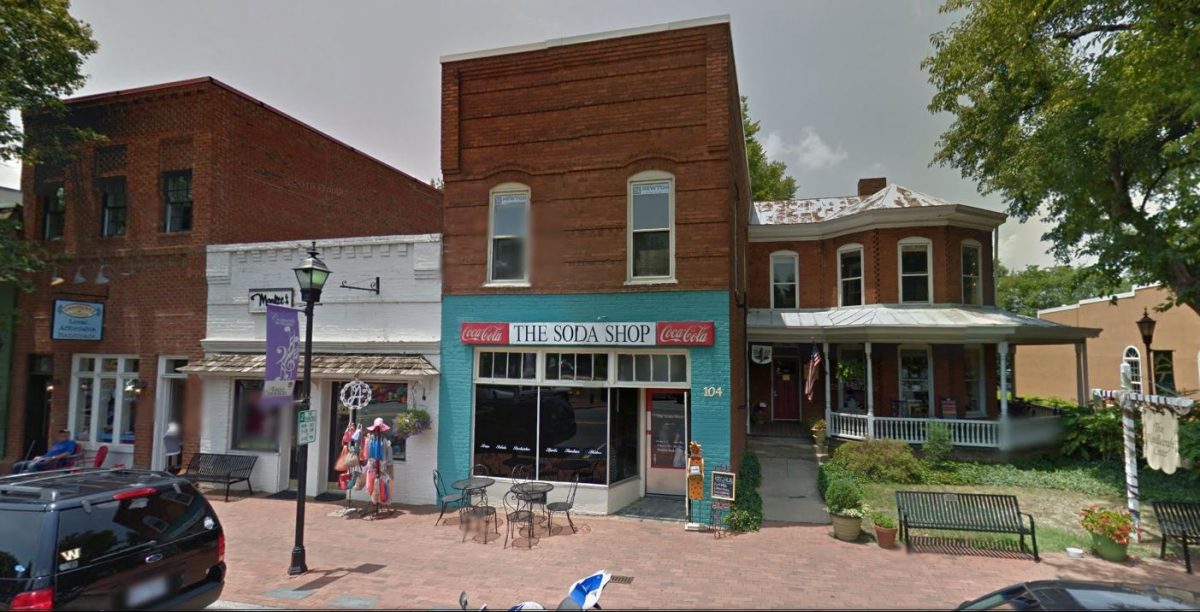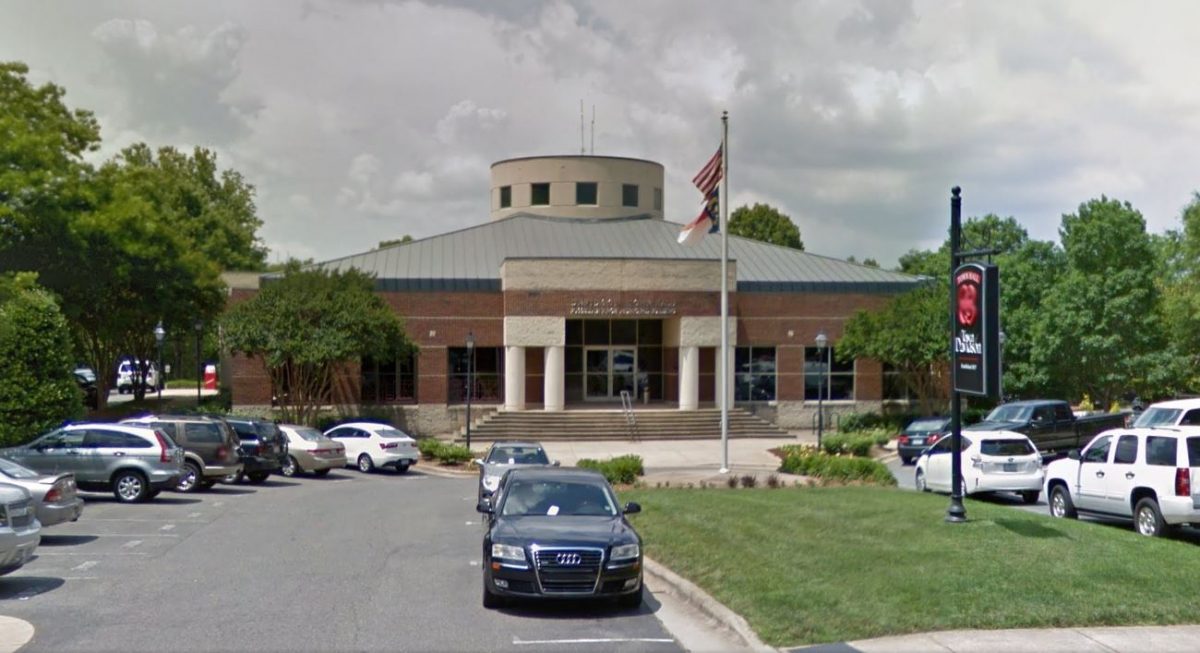More N.C., S.C. cities eye downtowns for development potential

[highlightrule] The City of Kannapolis bought its own downtown. It’s one of dozens of towns and cities across North Carolina hoping to make their downtowns more vibrant. [/highlightrule]
In Kannapolis, plans for revitalizing downtown are ambitious, the stakes are high, and, residents say, there is a chance “to create our own destiny.”
Unlike any other city in North Carolina, Kannapolis recently purchased most of its downtown core, with dreams of turning a former mill village and declining town center into a bustling place that attracts residents and businesses, and new tax dollars. In December, officials signaled their intent to aggressively pursue their new future: the City Council unanimously approved a study, due in April, to determine the feasibility of the first downtown mixed-used complex.
“I think we can do it,” said Felix Rollins, a 35-year resident of the city of 45,000 people and a retired ophthalmic photographer who is considering downsizing. He’d like the option of moving to downtown Kannapolis. “It’s scary to think of this large investment, but I think we have the location and leaders to get the job done.”
Kannapolis council member Ryan Dayvault thinks so too. “This is what we’ve been waiting for, to say to the world that Kannapolis is open again for business.”
In dozens of towns and cities in the fast-growing Charlotte region and across North Carolina, officials and residents are pondering the same dilemma. How will they make their downtowns more vibrant?
It is not a new issue, particularly for larger cities like Charlotte, but over the past decade downtown revitalization has attracted an intense focus from smaller communities as well, as they try to adjust to changing demographics and lifestyles while encouraging economic growth.
The community efforts vary. Other towns, like Kannapolis, have bought or own property they hope to develop. Initiatives range from simply renovating one or two aging or abandoned buildings on main streets to building downtown museums and other civic spaces to attracting private developers to invest in hotels, offices and restaurants.
“We’re seeing a downtown renaissance across the state and the Southeast in general,” said Mike Lemanski, a developer who serves as director of the Development Finance Initiative at the UNC School of Government in Chapel Hill, a program started to address increasing requests for help from local officials considering ways to jumpstart downtown development. “People are looking for more authentic walkable environments and want to take advantage of more experiences in close proximity of each other.”
[highlight]“Nobody goes downtown because it has great parking, they go because it has great things to do.” — Mike Lemanski, UNC School of Government Development Finance Initiative [/highlight]
And local officials, he said, better understand the economic benefits of strong downtown growth. “Communities recognize that it is critical to have a vibrant downtown if you want to attract key employers. It sort of sends a signal to potential employers about how much you’re willing to invest in yourself.”
Lemanski’s program, which offers financing and planning advice to local officials and works with them in various capacities on development plans, has worked in 55 communities across the state on 70 projects since its inception in 2011.
Today, it is involved in 20 projects, including the planned major revitalization of downtown Kannapolis, as well as work in the neighboring Cabarrus County city of Concord; in Huntersville and Davidson in Mecklenburg County; and Mooresville in Iredell County.
- In Huntersville, where the population has exploded from about 3,000 in 1990 to an estimated 53,000 now, town officials are trying to seeking to bring in development around a Town Center complex that is home to government offices and a children’s museum. Town commissioners in October authorized spending $625,000 to buy five parcels of land in the downtown area and will seek developers to build a mixed use project with offices and condos. Officials also recently authorized buying additional downtown property and have approved construction of a park honoring veterans. “The town has over the years set the vision for downtown,” said Planning Director Jack Simoneau. “We spent a lot of time figuring out what we want it to be and look like. The area is ripe now for development and redevelopment. The timing is right.”
- In Davidson, which has a long-established walkable and quaint downtown, residents are divided over proposals to redevelop more than three acres on Main Street that today house the Town Hall. The development would allow for expanded government offices as well as office and retail space and a hotel. Officials say the town’s growth is dictating the need for redevelopment.
- In Mooresville, work is underway to develop plans for reviving the historic downtown area, which has suffered as much of the area’s growth in the past decade was centered on Lake Norman and Interstate 77.

Additional efforts in other places include:
- Harrisburg in Cabarrus County is reviving efforts to attract new businesses to its stalled town center.
- In Union County, the City of Monroe is attempting to renovate some of its historical buildings.
- The city of Rock Hill in York County, S.C., launched an effort about a decade ago to revitalize its downtown and has successfully attracted some new stores and residences. The city invested in major infrastructure projects, such as roads and water and sewer, to prepare for the planned redevelopment of a former textile area into an urban business park.
“Communities are growing and did a lot of it in the 1990s,” said Michelle Nance, planning director of the Centralina Council of Governments. Some municipalities, she said, are seeing that tax revenue returns for residential development is less robust than revenues from commercial areas downtown, while serving those residential areas can be expensive. “They are now seeing what they are getting in residential development versus what is it costing them. They are looking at the bottom line and starting to see that it is not lining up. Everybody is thinking how to attract Millennials and the aging population. It is creating a movement back to downtown.”
During previous attempts to revive downtowns, particularly during the mid-20th-century era of urban renewal, officials primarily addressed issues such as parking and road construction, not the amenities that attract people to live, work and play. “Nobody goes downtown because it has great parking,” said Lemanski, “they go because it has great things to do.”
For Kannapolis officials and residents, the campaign to bring vitality to their downtown also marks the beginning of an effort to shape a new community identity.
The downtown core was created and owned by the now-closed Cannon Mills, once the largest textile factory in the world. As the textile industry faded, most of the downtown was purchased by billionaire David Murdock, who started the North Carolina Research Campus on the property that once held the factory. As a result, city officials had little authority over development in the downtown core.
After a year of negotiations, Kannapolis officials in September paid $8.75 million for nearly 50 downtown acres, most of it from Murdock, eliminating the challenge of assembling parcels of land from different owners that most cities face when initiating revitalization projects. The downtown revitalization will complement Murdock’s planned expansion of the research campus, which focuses on health, nutrition and agriculture.
“This is uncharted territory in terms of this kind of downtown redevelopment project,” said Kannapolis City Manager Mike Legg. “We don’t want to sell ourselves short on what it can be. We are setting the bar high.”
Now, said downtown clothing store owner and City Council member Darrell Jackson, “people feel like Kannapolis belongs to the people.”
